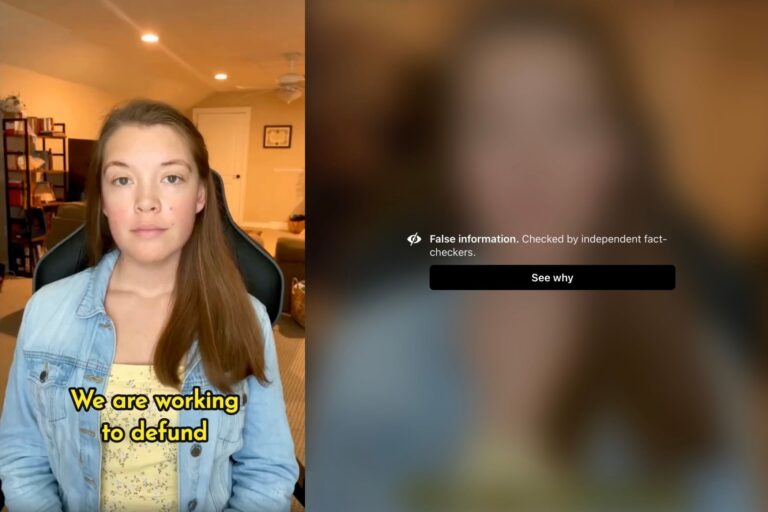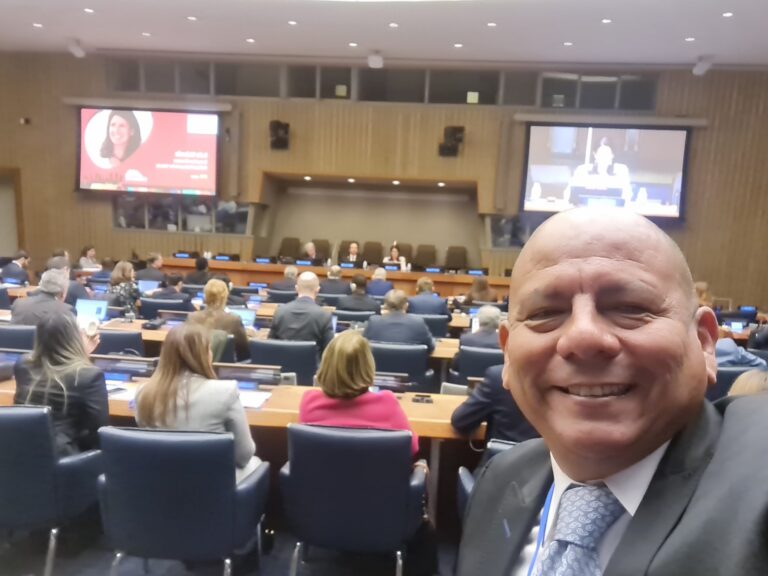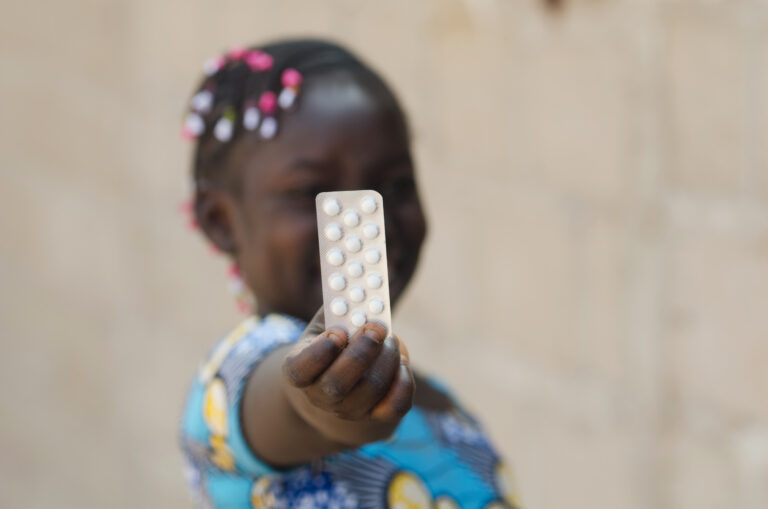Don’t put anything on the World Wide Web that you wouldn’t want to see appear in the following day’s New York Times . This commonsense axiom is so widely accepted and practiced that the unsuspecting surfer is stunned by the unexpected candor of the U.S. Agency for International Development’s Mission to the Philippines’ (USAID-PH) website [http://www.usaidph.gov]. After all, how often do government agencies, especially those which operate abroad, freely confirm their mischief?
Although USAID’s web network has been expanding, as of this writing the Philippine Mission’s site is unique. No other USAID Mission has its own website, much less one as detailed and revealing as that of the Philippines. Whether because of the ‘special relationship’ the two nations share, or because USAID has made the Philippines a principal target of US ‘beneficence,’ the site documents an extraordinary amount of US activity in the archipelago — much of it related to population control.
The Mission declares on its Home Page its commitment to “global concerns” such as “environmental degradation, population and the AIDS epidemic,” which it sees as central to its goal of transforming the Philippines into “a model Newly Industrialized Country (NIC) democracy by the year 2000.” These three categories are sufficient to clue an astute web watcher into the anti-people character of USAID-PH programs, but the amount of detail that the Mission goes on to reveal its about activities is simply breathtaking.
For example, informed surfers would certainly suspect that Pathfinder International is present in the Philippines, but would they expect to see it named, along with its local Philippine contacts, on a USAID website? Many other USAID front organizations are also found here, including a fair number of those whose activities have been documented in this and other issues of PRI Review.
The key to understanding how USAID works ‘on the ground’ in the Philippines can be found on the first page of the site’s “population and health” section. There the Mission, which claims to be “building” democracy in the Philippines, details how it uses development money for activities to subvert — no other word will do — majority rule. Justifying this neo-colonialism under the guise of meeting “unmet needs for family planning services,” USAID is targeting local Philippine governments for USAID’s “particular attention.”
This works as follows. In conjunction with the Philippine Department of Health, USAID identities certain local governments whose family planning activities are to be “accelerated.” “Yearly performance benchmarks” for family planning acceptors are then set for these areas. If local governments meet these quotas, USAID “’releases” funds through the Philippine government to local governments.
“This [program] has proved to be a highly effective means to reach mutually agreeable objectives,” the Mission site proclaims. No doubt. Monetary grants are an excellent means of inducing people in a developing economy to act against their natural inclinations. The site boasts that 48 local governments were enrolled in this campaign in 1995, and expresses the hope that a “minimum” of 75 governments will be enlisted by 1998.
A second set of USAID-PH activities is centered around the distribution of the contraceptives needed to meet these “benchmarks.” To this end the site claims to have established a “highly effective contraceptive logistics system” throughout the Philippines. This single purpose pipeline carries only contraceptives, not antibiotics, vaccines, rehydration salts or other health supplies for the Philippine people.
As if the undermining of democracy and the warping of the health care delivery system were not enough, the Mission is also corrupting the Philippines free market economy. The Mission’s social marketing program is aimed at convincing local pharmaceutical manufacturers and distributors to push contraceptives on unsuspecting Filipinos in exchange for what is euphemistically called “promotional assistance,” that is, free advertising. These advertising campaigns are especially aimed at the poorer classes, for the population controllers always believe that we have too many poor with us.
Would the Filipino people tolerate this kind of blatant interference into their national sovereignty and personal autonomy if they were aware of it? Probably not. Would the majority of US taxpayers support such inherently undemocratic, even ethnocentric programs, once these were brought to their attention? Definitely not. Now that the USAID-PH website has unintentionally revealed the unsavory details of US population control programs in the Philippines, perhaps enough Filipinos and Americans will learn the truth that, by working together, they can call these programs to a halt.










